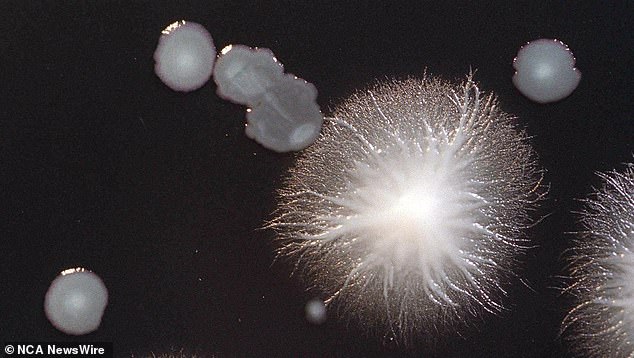Health authorities have issued an urgent warning over a dangerous disease after several people were admitted to hospital with serious problems.
Victoria’s Department of Health has revealed it is investigating an outbreak of Legionnaires’ disease after a “significant increase” in cases in Melbourne since Friday.
In the last three days, 22 cases of the disease have been confirmed and six other suspected cases.
Most cases occur in adults over 40 years of age, and many of them require hospitalization and intensive care for severe pneumonia.
Health authorities are now searching for the source of the outbreak.
“Legionnaires’ disease can cause a chest infection with symptoms of fever, chills, cough, headache and muscle aches. Other atypical symptoms may include nausea, vomiting, diarrhea and confusion,” the health department said in a statement.
‘All cases have visited or reside in the Melbourne metropolitan area.
‘Those most at risk are adults over 40, especially people with other medical conditions or immunosuppression, or who smoke.’
Legionella bacteria at the Victorian Infectious Diseases Reference Laboratory, 1 May 2000. Legionnaires’ disease
Anyone experiencing symptoms is urged to seek urgent medical attention.
Test results from those with the disease have indicated that the Melbourne outbreak is caused by Legionella pneumophilia serogroup 1, which can be detected by a single antigen test.
The origin of the outbreak is not yet known, but investigations are underway to determine where it came from.
Symptoms can develop up to 10 days after exposure to the bacteria, which is found in potting mix and soil and often multiplies in bagged potting mix, mulch and other products.
It is also found in rivers, lakes, streams and hot springs, as well as in spas and warm water systems.
A more common source of Legionnaires’ disease is caused by a different strain of bacteria usually found in contaminated air conditioning cooling systems in large buildings.
Legionnaires’ disease is transmitted by inhaling fine water droplets containing legionella bacteria.
It is not usually transmitted from person to person or by drinking contaminated water.
The Department of Health is urging anyone who lives, works or has visited the Melbourne metropolitan area and surrounding areas to seek urgent medical attention if they develop symptoms.


